-
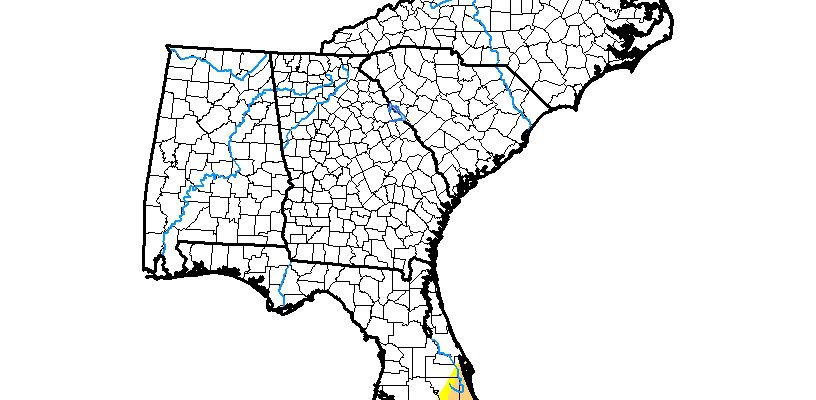
While most of the Southeast is soaked with rain, the southern half of the Florida Peninsula has been dry and getting drier. This week brought a slight expansion of moderate (D1) drought in the region. In the next week they are expected to get little to no rain, so it should remain static or continue…
Posted in: Drought -
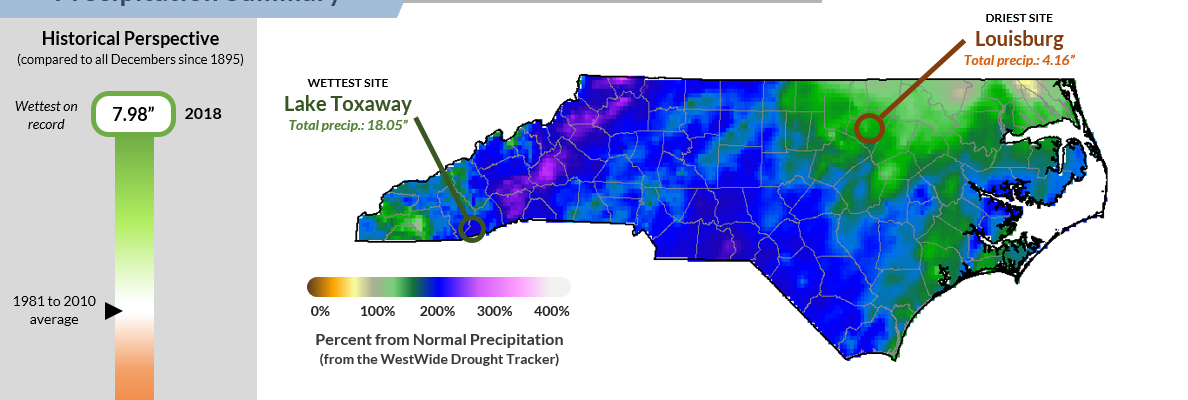
The State Climate Office of North Carolina has published their December 2018 climate summary. It also contains a summary of all the rain they had in 2018, including a potential new all-time annual record for the state. You can read more at https://climate.ncsu.edu/climateblog?id=277&h=5666e5c1.
Posted in: Climate summaries -
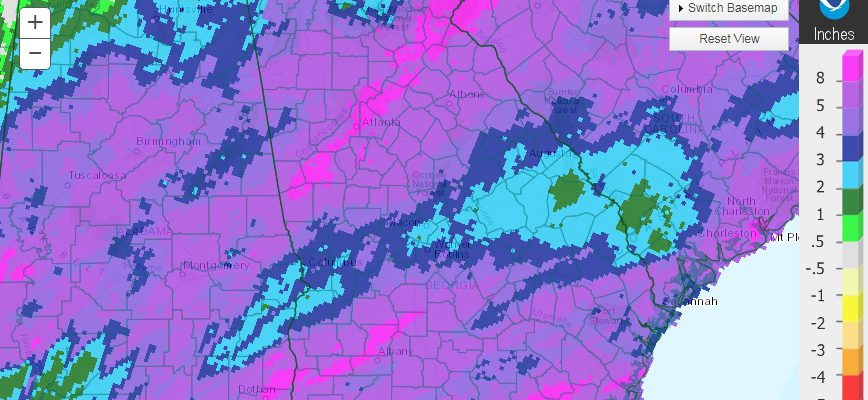
December 2018 was two to four degrees warmer than normal across most of Georgia, ending a warm but not record-setting year for the state. Precipitation in most of the state was much wetter than normal, with a significant fraction of the state receiving well in excess of 10 inches of rain. A number of stations…
Posted in: Climate summaries -
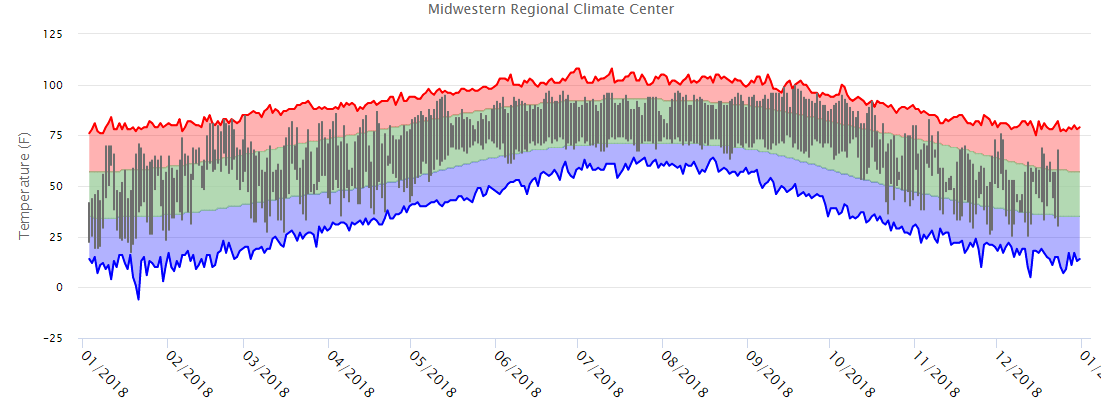
Georgia experienced many different weather and climate patterns in 2018. Here are five that stand out for their impacts on the state, listed in more or less chronological order. Snowy January Two different snow storms affected parts of Georgia in January 2018. Early in the month, snow fell in a swath across southern Georgia, bringing…
Posted in: Climate summaries -
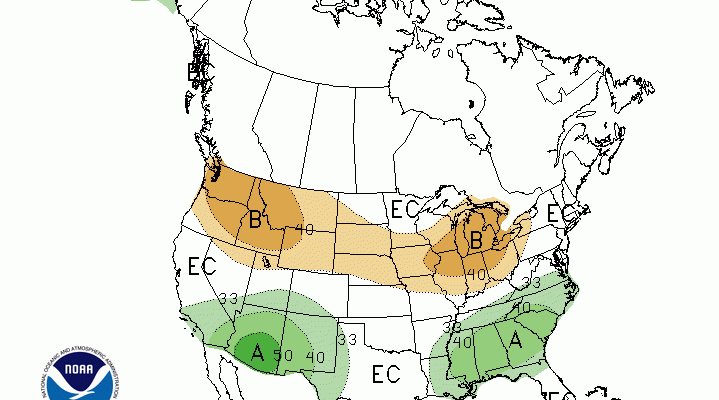
The updated outlook for January 2019, issued on 12/31/2018, shows that most of the Southeast is expected to continue to experience wetter than normal conditions this month. The only areas that do not lean towards wet conditions are northern Virginia and the Florida peninsula. The entire region is in the area of equal chances of…
Posted in: Climate outlooks -
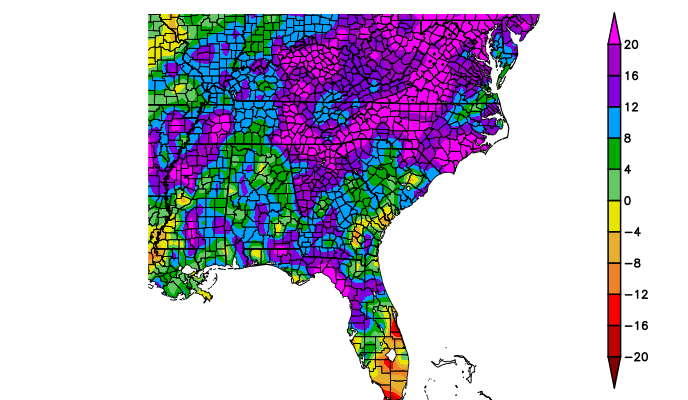
Here’s a quick look at the 2018 climate across the Southeast using the High Plains Regional Climate Center’s map site. The maps show that almost all of the Southeast experienced temperatures that were 1-2 degrees F above normal. Precipitation was also well above normal in most of the Southeast, fed by several tropical systems as…
Posted in: Climate summaries -

New Year’s greetings to all my blog readers! I will be back later today (after some rest and about 5 hours of driving) with an update on the forecast for January, a list of five important weather and climate events in Georgia in 2018, and a brief summary of the climate of 2018 (with more…
Posted in: About this blog